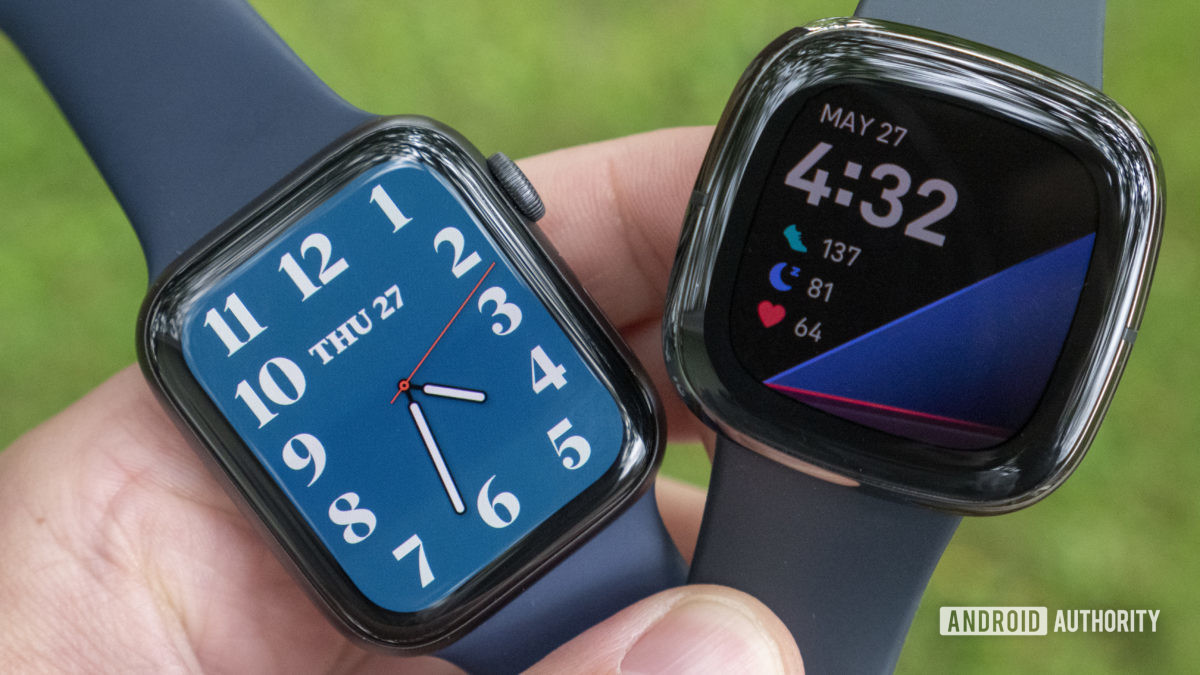
The promise of fitness trackers, naturally, is quantizing and optimizing fitness. Some activity is always better than no activity, but getting the best results means figuring out how many calories and nutrients you’re consuming and learning how to perform harder, better, and faster. Before picking up a device from Fitbit, Samsung, or Polar, it’s important to be aware that all of the major trackers are biased towards cardio workouts.
We should note that in this case, “bias” doesn’t imply that companies are being unfair or even necessarily intentional. Rather, trackers (and their Android and iPhone apps) are optimized for cardio first and foremost. Modes for activities like yoga and strength training are commonplace — but the value of fitness trackers is diminished for them.
For our purposes, we’re further going to define cardio as workouts like running, walking, or cycling, and to a lesser extent, things like ellipticals, rowing machines, or battle ropes. While most workouts will make your heart beat faster, cardio makes that the primary goal.
Fitness tracker issue #1: Motion sensors
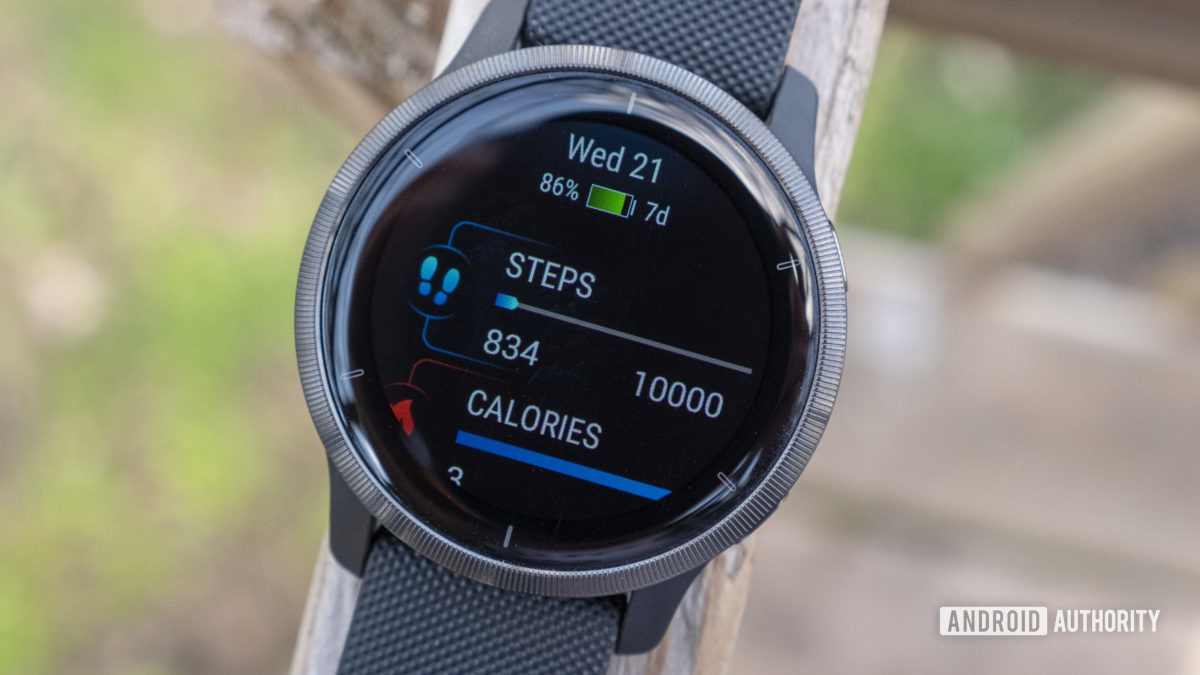
Barring a few chest straps and other exceptions, most trackers are equipped with gyroscopes. Comparing live data against expected patterns makes it possible to track repetitive movements, such as running and walking. A Fitbit, for example, calculates a wearer’s “steps” based on their bobbing motion.
Step counts can be a helpful metric for the average person. However, they’re easy to fake, and even when someone’s completely honest, trackers will often miscount. Indeed companies are already beginning to move on to different metrics such as active minutes. Serious runners don’t pay attention to their steps at all — they’re more concerned about pace, efficiency, heart rate, and oxygen levels.
If gyroscopes are unreliable for something as simple as running, that makes them even less suited to complex activities like dancing or ones with little wrist movement such as pull-ups. Even barbell squats and bench presses are hard to track consistently since lifters use different grips and ranges. A few companies do make an effort in that regard — Garmin, for instance, lets people track sets and reps — but that data usually needs to be corrected later, robbing it of any convenience. It’s often easier to jot things down on paper.
Issue #2: Heart rate doesn’t tell you everything
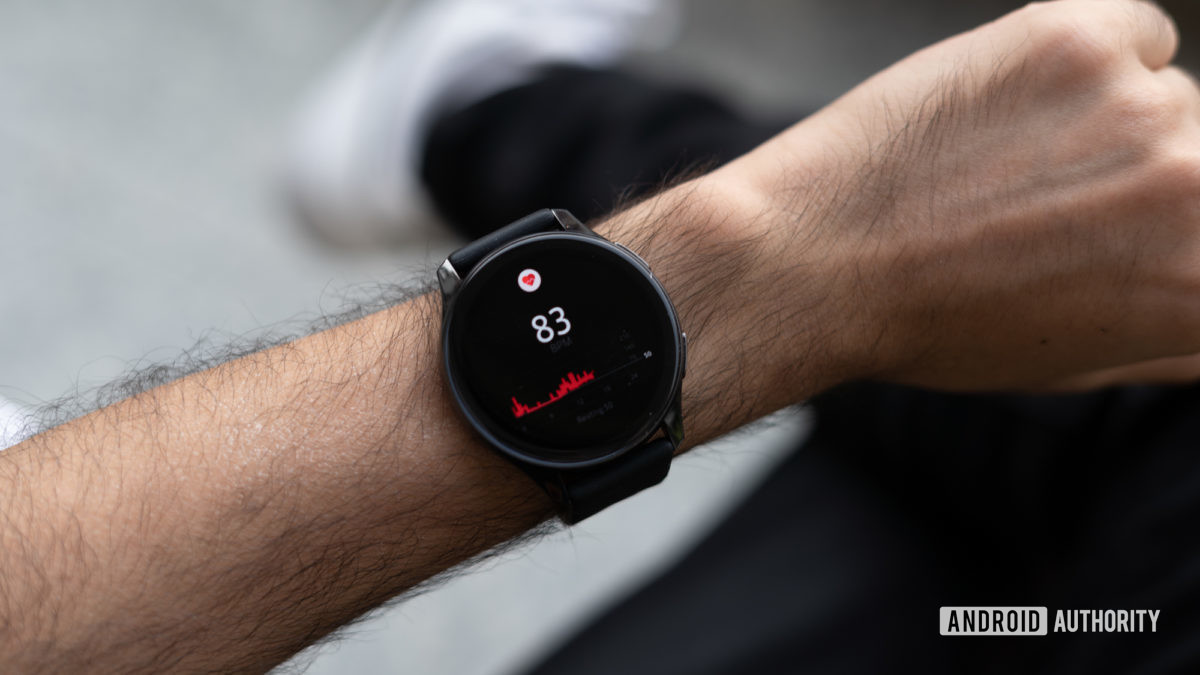
The one sensor type with universal value is heart rate. Combined with details like age and weight, a properly worn optical or EKG sensor can give a sense of how well you’re performing and a ballpark figure for calorie burn. In fact, many people engage in something called zone training, in which they try to keep their heart within a target range. Fitbit, Garmin, and Polar watches, in particular, cater to the zone concept.
Many activities don’t lend themselves to zone training, though, and wrist-based heart rate sensors are least accurate when intensity dips and spikes — launching into a 300-pound deadlift after a 60-second rest, for example. It’s worth noting some higher-end wrist-based HR sensors can keep up with more accurate chest straps, but it’s a rare case.
Heart rate also fails to fully gauge performance in many cases. Weightlifters are most concerned about power and lift totals, while activities like yoga and pilates are as much about mobility and endurance as anything.
See also: The best heart rate monitors and watches
It can’t be stressed enough that for calories, even the best HR sensors — like the EKG units on chest straps, generally the most accurate consumer option — can only deliver a rough estimate. Many factors determine real-world calorie burn, so trackers can often be hundreds of calories off, making all the difference if someone is trying to gain weight or lose it. An estimate can be useful, but only as a starting point for personal tweaks, and that’s particularly true for people operating outside of the cardio sphere.
Issue #3: The fickle nature of public demand

All device makers thrive or die based on consumer demand. Given finite resources, then, it makes sense then to aim products at the biggest demographics. The result with fitness trackers is that they’re marketed to cardio fans — there are more people running, walking, and cycling than there are pumping iron. This, in turn, is because people are more often concerned about weight loss or general heart health than things like strength or flexibility.
All device makers thrive or die based on consumer demand.
The effect of this can be seen not just in hardware specs but in apps like Apple Fitness and Google Fit, which prioritize cardio activities. The former encourages people to close their daily Move rings, while Fit awards users with “Heart Points.” Some apps go a step further and assume that your goal must be weight loss — Polar Flow, for example, will regularly chastise you if your weight increases. It doesn’t matter if those extra 10 pounds are mostly muscle.
Is anyone trying to work around the cardio bias?
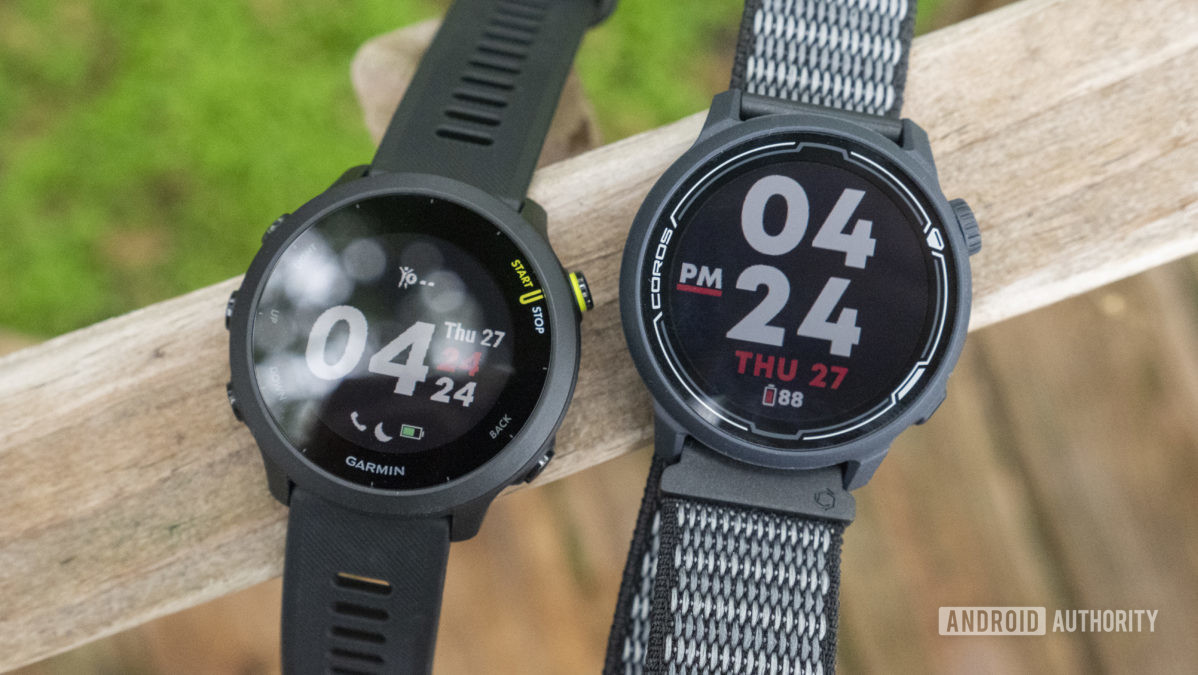
Beyond Garmin, perhaps the best effort to tackle the situation comes from Coros. The latter outfit’s fitness watches let people build structured strength workouts via a mobile app, even targeting individual muscle groups through a range of selectable exercises. This actually addresses a more important concern than rep counting — making sure training hits every muscle often enough to trigger growth. Coros devices start at $200 for the Pace 2, though the cheapest model with a touchscreen (by no means required) is the $500 Apex Pro.
Read: The best running watches you can buy from Garmin, Polar, Coros, and more
There have been some extremely niche efforts, such as the $495 Flex barbell sensor. One of the earliest wrist-based strength trackers came from Austin’s Atlas Wearables, but its products never hit the mainstream as a solo company. That could be about to change — Atlas was bought by Peloton in March 2021, and Bloomberg reports that the company is developing an armband that will pair with Peloton’s cycles and treadmills. While the focus should obviously be cardio, Peloton integrates some strength work and might use Atlas’ algorithms.
Recommended trackers for non-cardio workouts
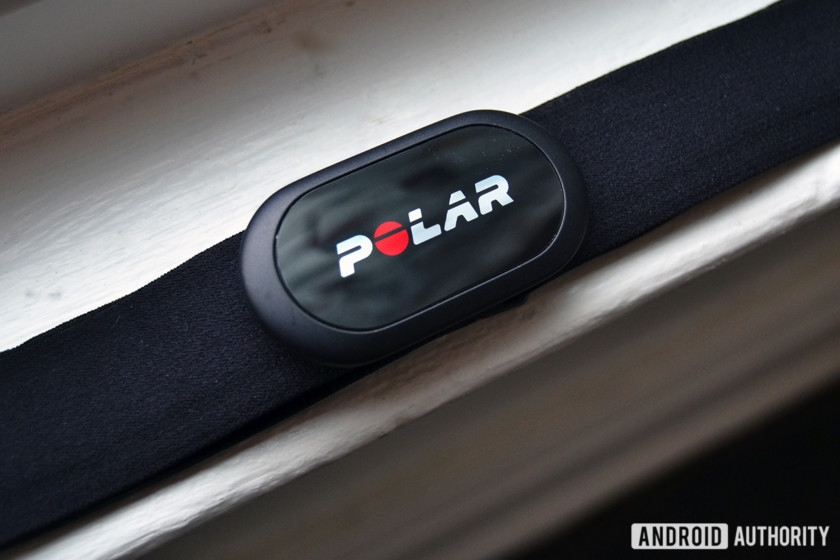
Coros’ Pace 2 and Apex Pro are logical choices for people focused on strength who insist on going the watch route. If you don’t need a new watch and/or aren’t interested in strength, it may actually be simpler (for the fitness-first crowd) to choose a chest strap or armband. The gold standard for chest straps is the Polar H10, a model that supports both Bluetooth and ANT+ connections and can cache a single session’s data, so you don’t have to have your phone nearby. Because it’s a few years old, it can periodically be found below its $90 price tag.
Optical armbands are less accurate than chest straps but typically more comfortable and may be a happy medium for people who want to keep their wrists free. Polar is again the leader in this area thanks to the $90 Verity Sense, which can store up to 600 hours of data and even be clipped onto swimming goggles to track heart rate from your temple. A solid alternative is Scosche’s $90 Rhythm+ 2.0, which doesn’t have memory but does have a 24-hour rechargeable battery.
Realistically, so long as there’s a decent HR sensor, most people can get along with a standard wrist-based tracker or smartwatch — especially if non-fitness functions are the priority. It’s just a question of acknowledging and adjusting to biases, which is something every fitness product demands at the moment. It may take a few more years before hardware and software can close the gap.